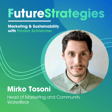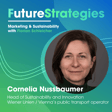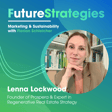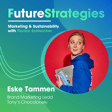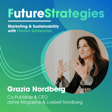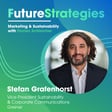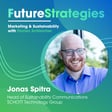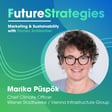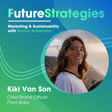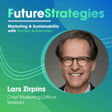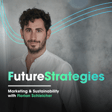
👕 The Sustainable Brand Magic of Patagonia
This recording is based on one of the top 5 most read newsletters of the last year on The Sustainable Brand Magic of Patagonia.
You are listening to the Summer Edition of the FutureStrategies Podcast - A show about where marketing, strategies and sustainability intersect. I am currently taking a break from interviews. So you will get 5 short episodes over the summer, where I will lead you through the most read postings of my newsletter. Interviews will be back in autumn 2024.
About the FutureStrategies podcast and your host:
I’m Florian Schleicher, a marketing strategist. I help brands gain clarity, spark momentum, and turn strategy into something that actually moves people. In 2022, I started my marketing studio FUTURESTRATEGIES. to do exactly that. I currently work with corporate clients from 11 countries.
If you want more, check out my FutureStrategies newsletter – weekly inspiration on marketing, strategy and sustainability.
And if something’s blocking your brand from doing its best work, let’s talk.
